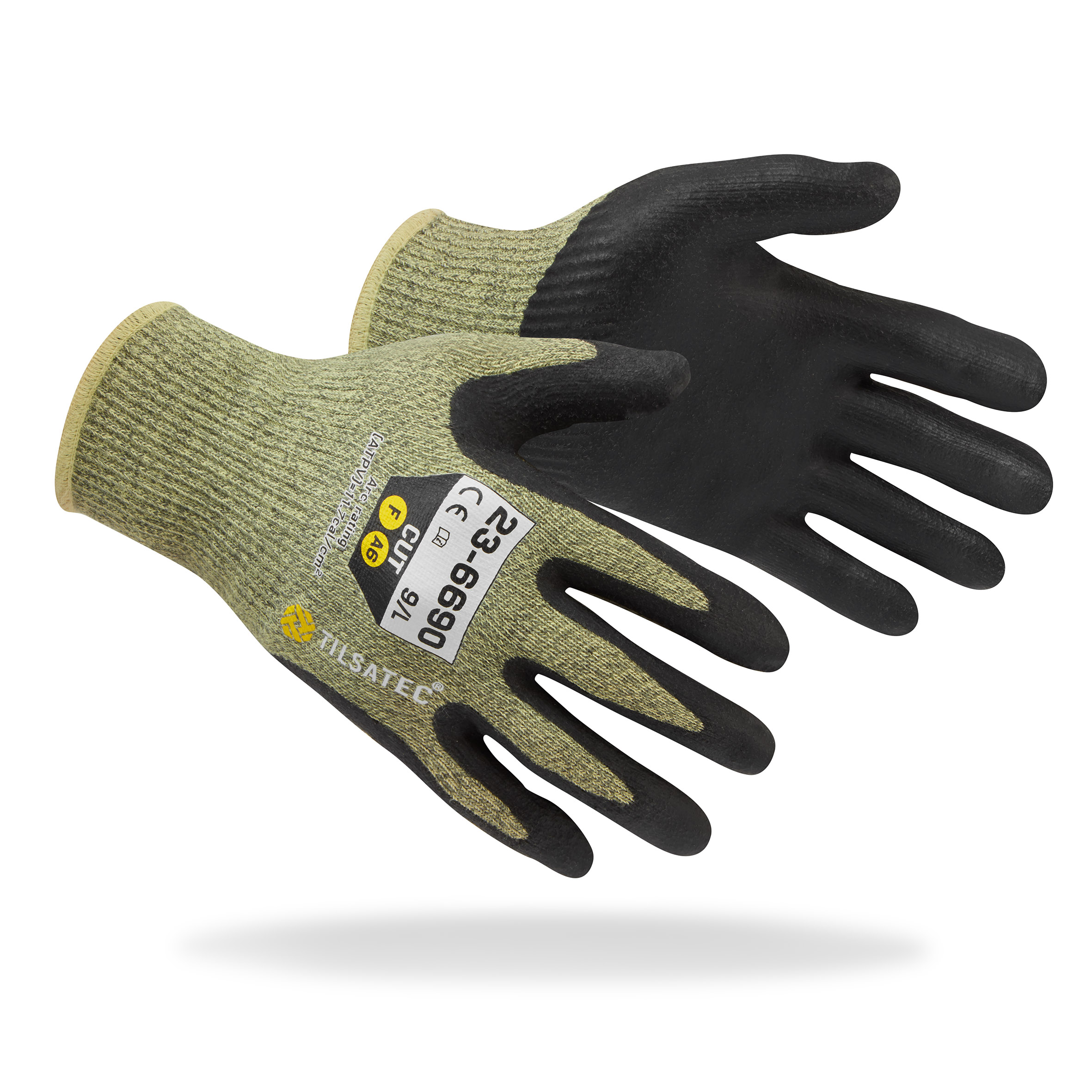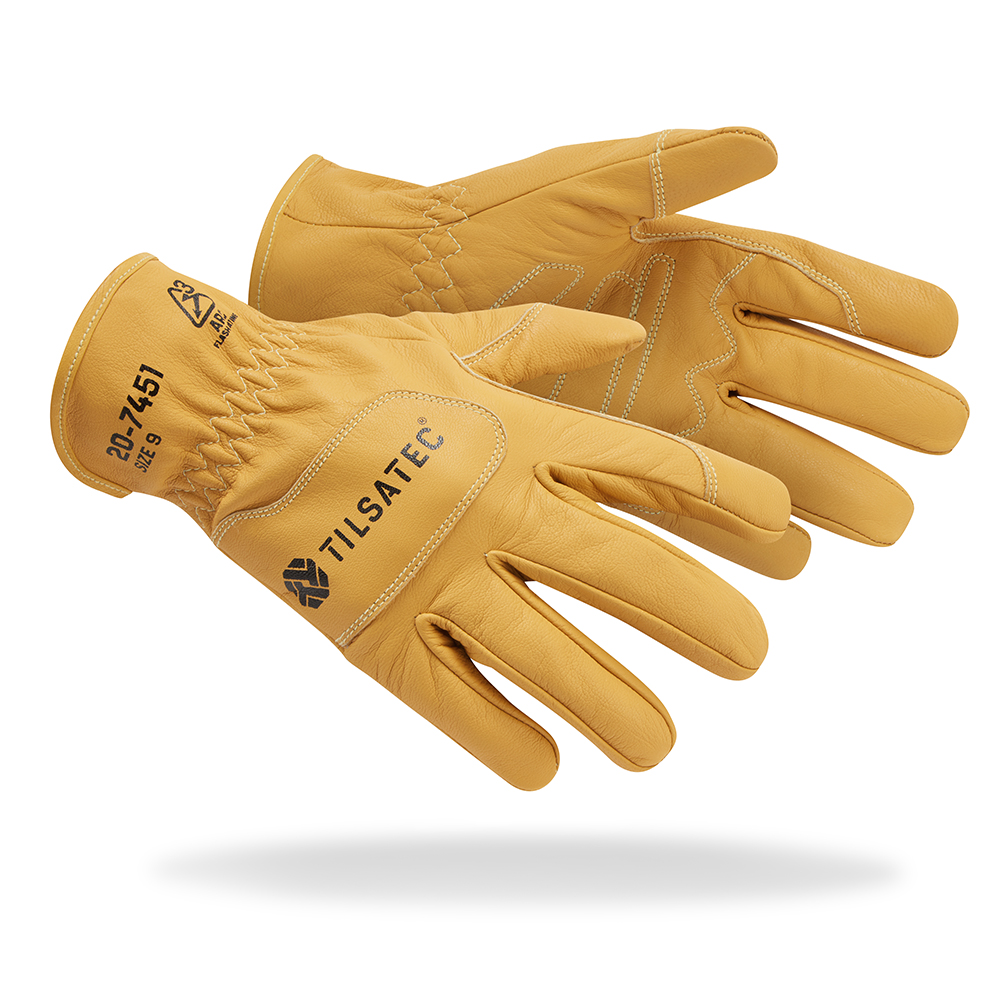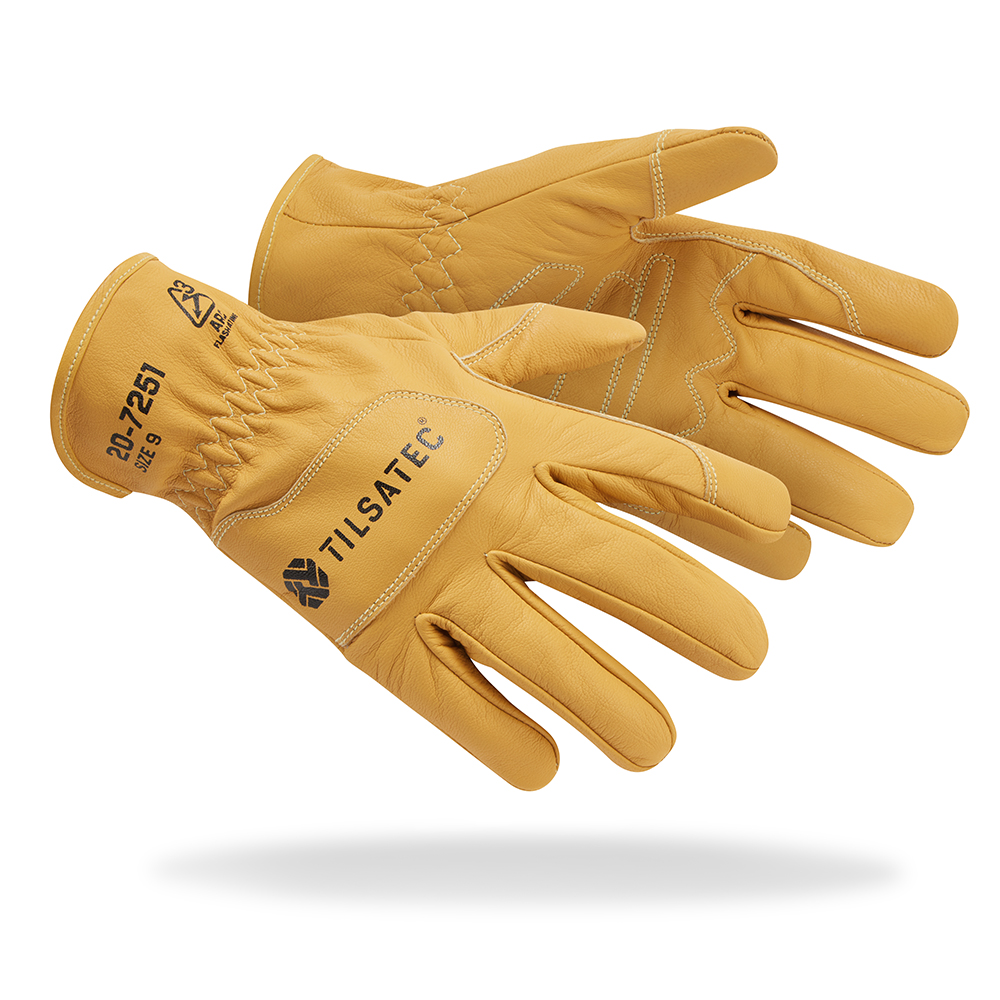What is an Arc Flash Incident?
An arc flash is a rapid, uncontrolled discharge of high current through an insulating medium, typically air, between two conductors or between a conductor and ground. An arc fault happens when an electrical current deviates from its intended path. Many factors can cause such disruptions, including equipment degradation, environmental contamination, or, most commonly, human error. According to HSE data, around 1,000 electricity-related injuries are reported each year, with approximately 30 fatalities; arc flash incidents represent a significant subset of these severe, yet preventable injuries.
Dangers to Hands
When an arc fault results in an explosive arc flash, the hands are particularly at risk, as they are often the closest part of the body to the hazard.
Two types of injuries can occur:
Direct Thermal Injury: This happens instantaneously, when the energy delivered from an arc flash contacts the skin, causing potentially life-changing burns. Gloves must be able to withstand this energy long enough to prevent second-degree burns.
Secondary Injury: Post Arc flash, a glove that ignites, melts or drips can become the second source of the injury resulting in significant burn injuries.
Arc-rated clothing gets a lot of attention and consideration, but hands are equally exposed, making glove choice essential. Many safety professionals wonder which test matters most: the European EN box test or the North American ASTM F2675 Open Arc test? Both have value, but their approaches differ, affecting which gloves you can truly trust.
The European EN Box Test
The European benchmark, EN 61482-1-2 ‘box test’ is a straightforward standard: material is exposed to a controlled arc inside a small metal chamber at two levels of intensities; arc currents 4kA and 7kA. If the material resists holes, burns or flames under those conditions, it passes. The material can then be designated with an Arc Protection Class (APC): either APC 1 (4 kA) or APC 2 (7 kA).
This standard for protective clothing is familiar and reassuring, but its rigid ‘box’ setup only offers two classifications and doesn’t reflect the full range of real-world arc conditions.
The North American ASTM F2675 Open Arc Test
This standard, widely used in North America, was developed for hand protection and takes a dynamic, performance-based approach, exposing gloves to increasing arc energy until a second-degree burn would occur.
The result is a measured arc rating, expressed in calories per square centimeter (cal/cm²). This rating allows you to directly match gloves to the incident energy calculated in an arc-flash risk assessment – offering greater precision and flexibility. From a safety manager’s point of view, this is advantageous. Rather than simply saying a glove “passed,” ASTM tells you how much protection it provides. The EN method ensures compliance while ASTM helps you make more informed, performance-driven choices.In short: EN is binary, ASTM is nuanced - and when you’re protecting hands from a 20,000°C explosion, nuance matters.
Hand Protection Designed for Arc Flash Protection
Glove materials play a major role in how well a product withstands an arc event. Leather has long been valued in electrical PPE for its durability and moderate heat resistance, while neoprene can be engineered for targeted flame protection and flexibility in wet or oily conditions.The key is recognising that no single material excels in all conditions; the most effective glove designs integrate several materials to achieve both high arc ratings and long-term wearability.
Few manufacturers understand this dual challenge better than Tilsatec. Trusted across utilities, renewables, and industrial maintenance sectors for our electrical insulating Pulse range. We don’t just aim for compliance; we design for the way people actually work.
1. The Layered Approach: Neoprene and Aramid
23-6690 Medium Weight Cut Level F Arc Glove This glove is an example of layering for dual-hazard environments. Its 13 gauge, flame resistant aramid liner delivers level F cut resistance (EN 388:2016) for heavy-duty handling, and, most importantly, offers arc flash and heat resistance. The neoprene palm coating adds insulation, comfort and enhanced grip. The glove achieves an overall arc flash rating of 11.7 cal/cm2 (ASTM F2675/2675M, NFPA 70E Category 2). This design provides both arc flash protection and flame resistance, minimising the risk of ignition and preventing melting or dripping under extreme heat.

2. Traditional Strength, Modern Performance: The Ground Glove
The 20-7451 Arc Flash Cut Level D Ground Glove is designed for professionals who face the toughest environments. Delivering superior protection against arc flash hazards, heat, and cuts, without compromising on comfort.
Crafted from premium goatskin leather, this glove offers supple dexterity and rugged durability. It has a 37 cal/cm² arc rating (ASTM F2675/2675M, NFPA 70E Cat 3) and a level D cut resistant aramid liner, with reinforced high-wear areas that can reduce snags and extend glove life, keeping you safe and productive.
Similar in construction but without the internal lining, the 20-7251 Arc Flash Ground Glove offers strength, resilience, and level 3 arc protection in a natural-feeling form. Its supple goatskin leather moulds to the hand, providing protection and familiarity for demanding conditions.


Delivering Confidence and Comfort
The most effective glove is one that workers are willing to wear throughout their tasks. By combining high calorie ratings with necessary flexibility and comfort, Tilsatec empowers safety professionals to equip their teams with confidence and comfort against critical hazards in the industry.





